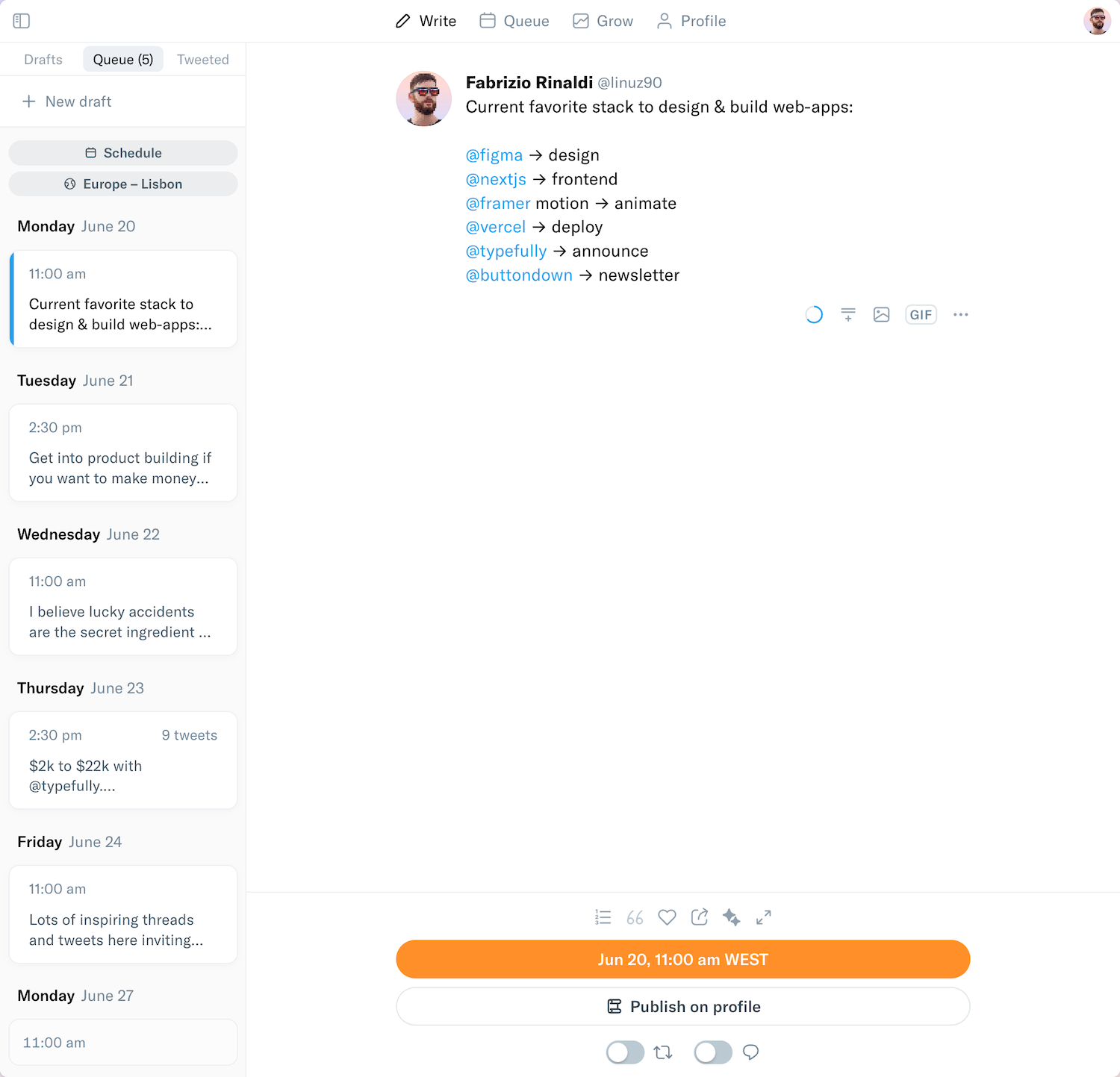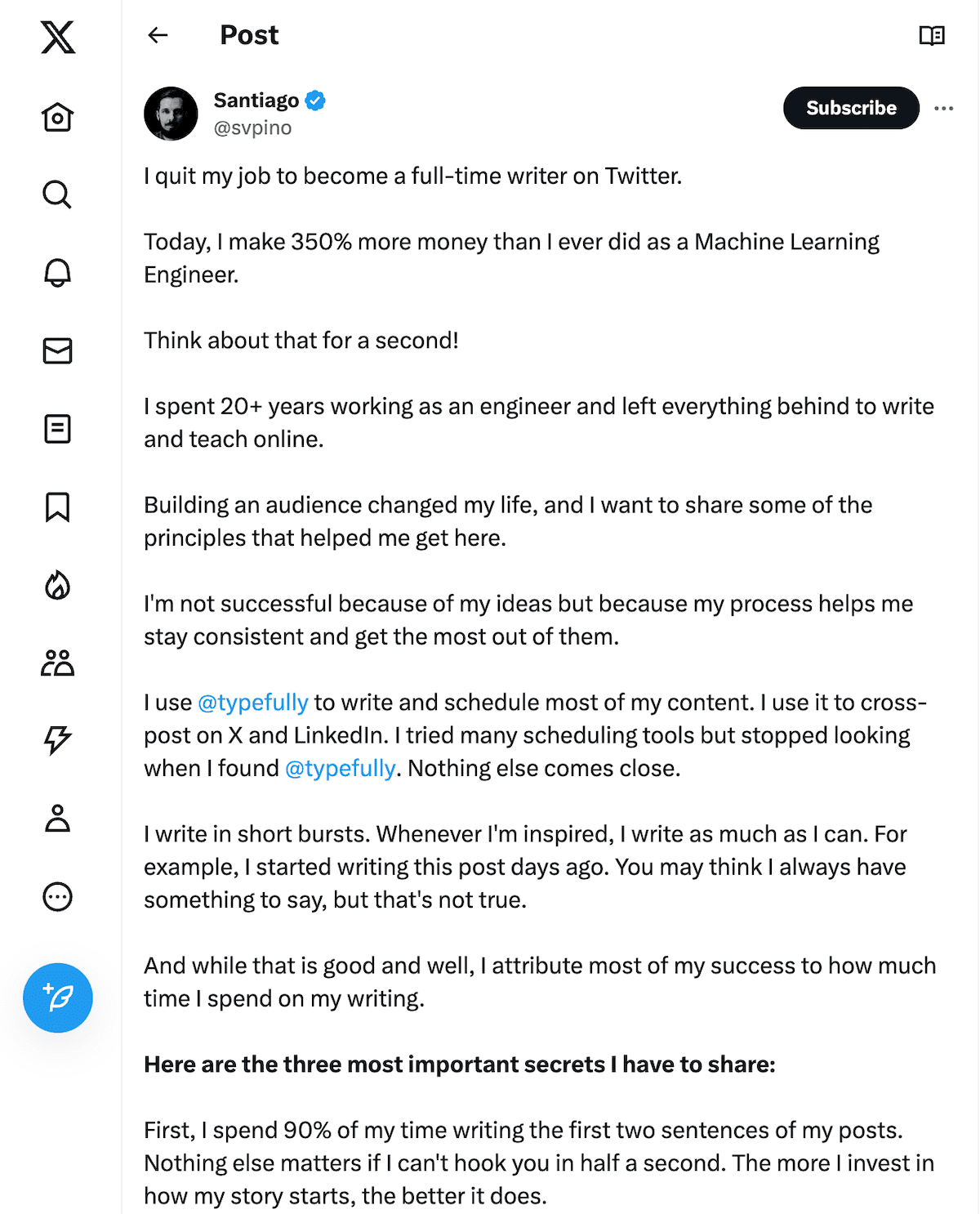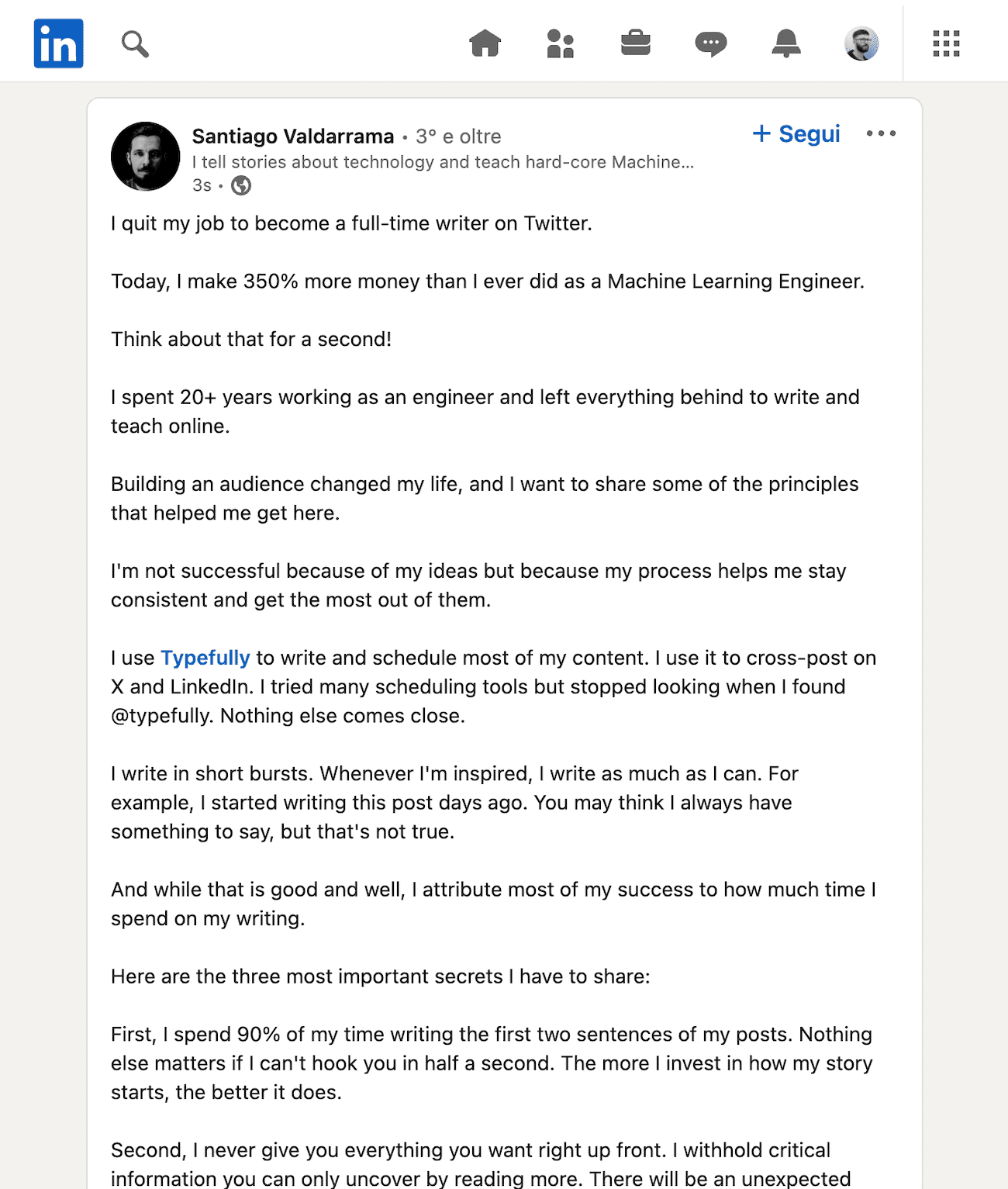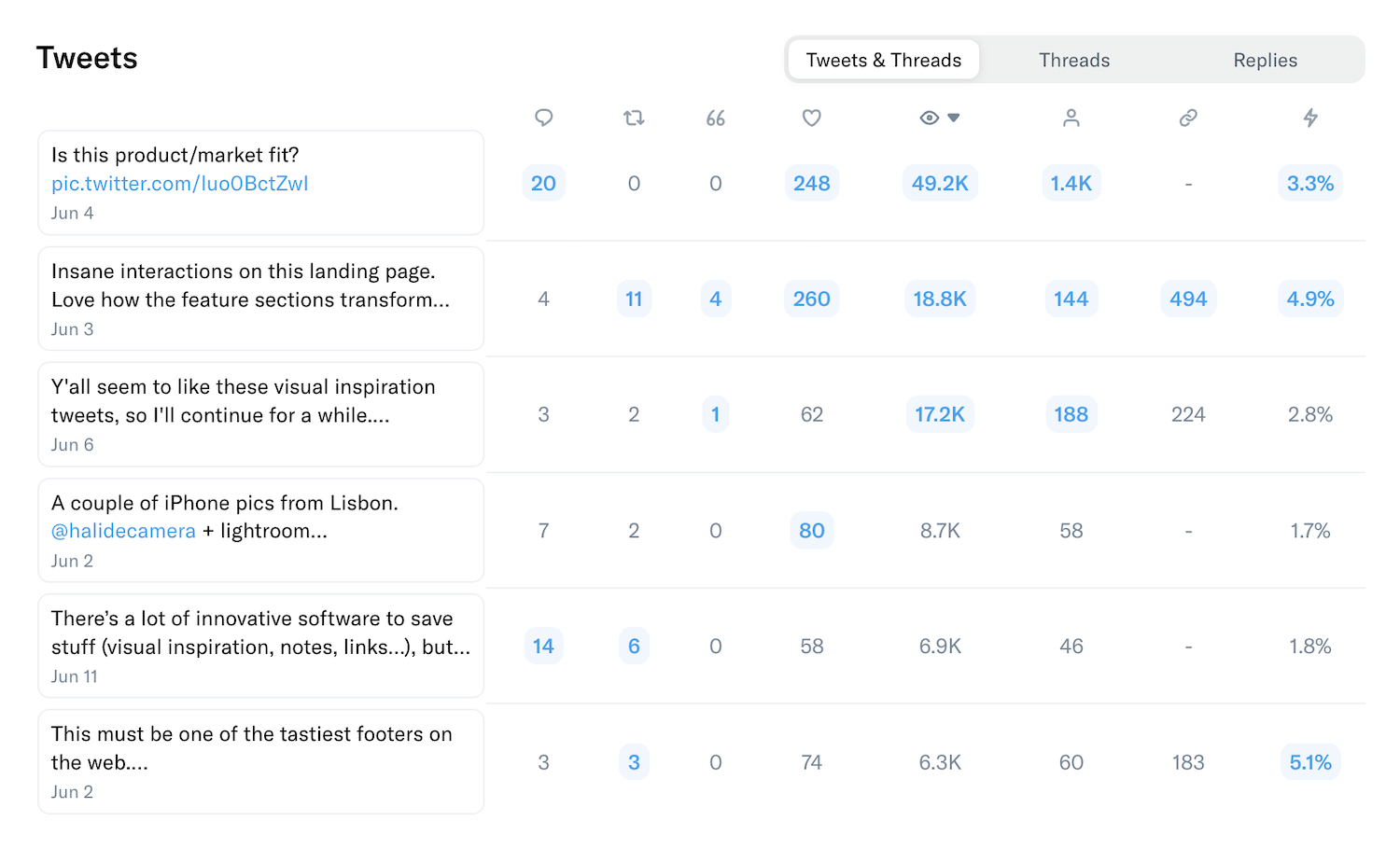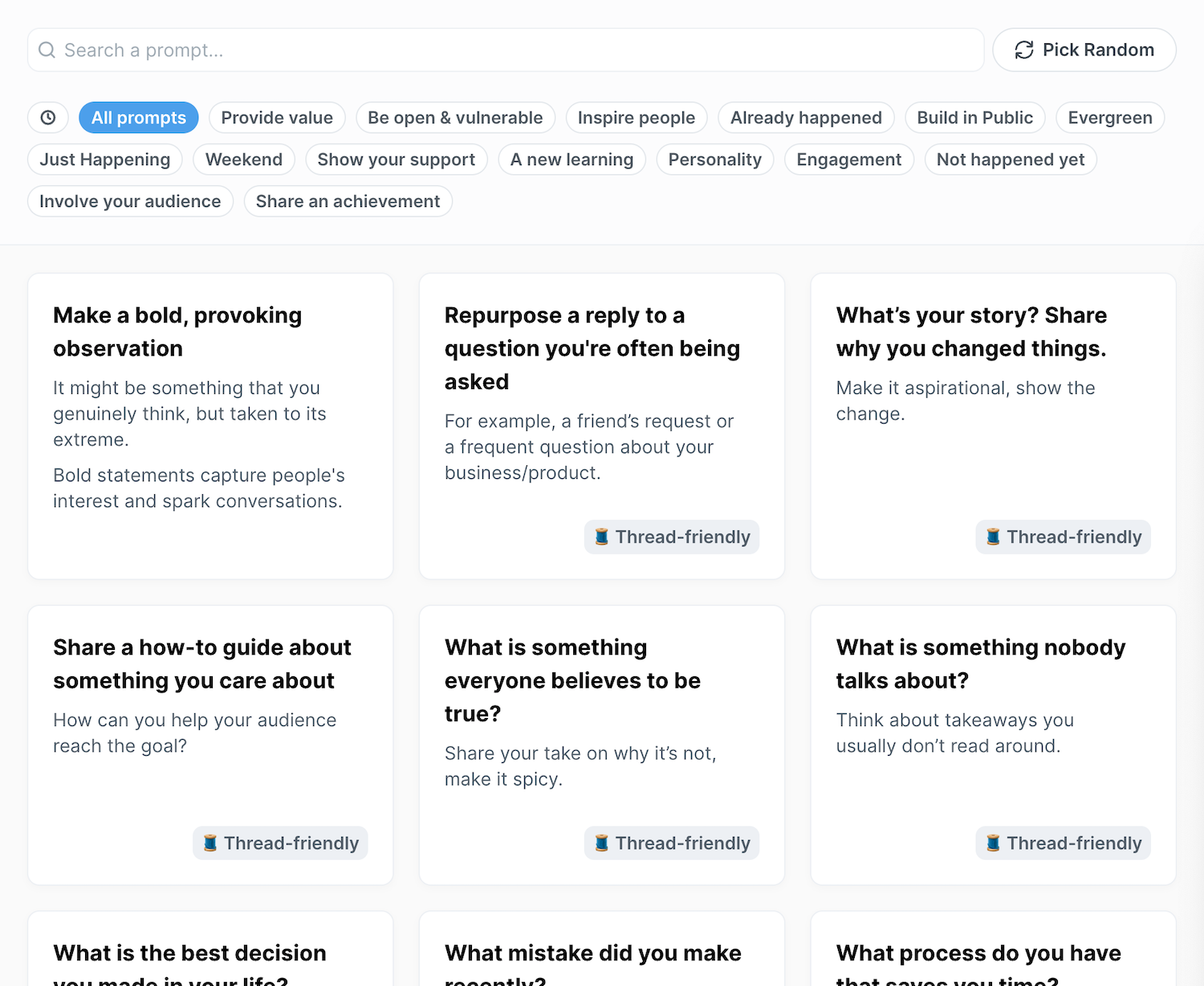Excited to share my newest paper, "Neural Language Models are Effective Plagiarists" with @EdwardRaffML. We took a dataset of CS 101 assignments and asked "can a language model do a good job solving these with minimal human intervention or knowledge?"
arxiv.org/abs/2201.07406

@EdwardRaffML There's been some very interesting work recently on solving college level assignments with transformers, but that work typically uses private models and more complicated pipelines. We wanted to focus on what was available to a random student with the internet, not an AI expert.
@EdwardRaffML If you're interested in my thoughts about training and evaluating LLMs after writing this paper, check out the thread here: twitter.com/BlancheMinerva/status/1484278387061493761?s=20
@EdwardRaffML To do that, we stuck with #EleutherAI's GPT-J, freely and publicly available at 6b.eleuther.ai/. We used no prompting, no finetuning, and no tricks.

We just entered the text of the assignment into the website several times and then tried to run the results in a Java compiler. We fixed minor errors that were solvable by reading the assignment text or by Googling the errors the code spit out, but that's it.
The solutions that GPT-J produced were often wrong. But they were also often correct. It only took a couple minutes to obtain a piece of code that correctly solved the problems we gave it, even with minor bug fixing and using a public demo API.
The next question we turned to was whether these solutions would pass a plagiarism screening with the widely used MOSS software. We took a dataset of assignments that contained both original and plagiarized solutions to compare to.
In this image, different levels = different plagiarism techniques. We find that MOSS rates GPT-J's outputs as being as different or even more different from the original solution than the non-plagiarisms and the plagiarisms produced with the most advanced techniques.

But even if GPT-J's solutions are different from the reference solution, these plagiarisms might be detected if they're too internally similar. To address this, we applying ISOMap to the pairwise MOSS similarity scores. We find quite low inter-cluster similarity for GPT-J's code
Black and green are original solutions, red and yellow are plagiarisms of the black dot specifically (yellow = more sophisticated plagiarism), and GPT-J is blue. Different shapes represent different assignments.
We also looked at memorization: is this simply the result of the code being memorized by the transformer? We find that the answer is a resounding NO: no correct solutions are verbatim copies of text from the training data.
While examining prompting is outside the scope of this paper, we do take a look at one particularly noteworthy aspect: how specifying the programing language matters. Notice that GPT-J will sometimes give code in the wrong language, even when told what language to use.

Our work leaves a lot of exciting avenues for future work including:
- using professors to rate the plagiarisms
- using actual students to find the solutions (In my defense, I know zero Java)
- using harder assignments (ours were limited by needing plag. data)
If you want to go read through the generations, you're more then welcome to! We included the full text of all 15 generations for all 7 assignments in the appendix.

